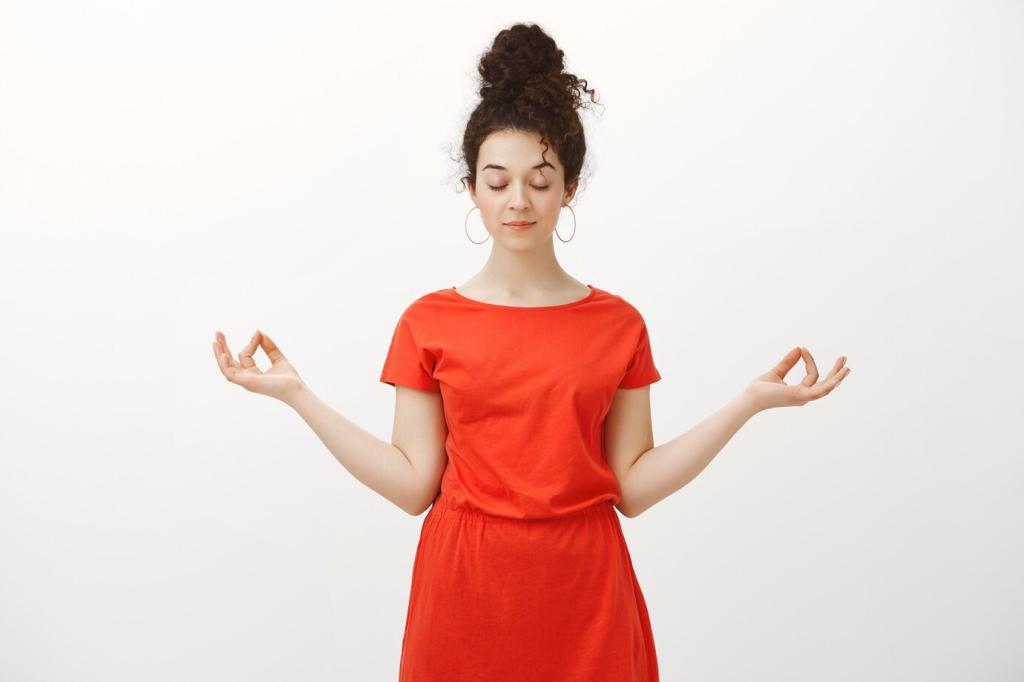Mindfulness Beyond the Mat
Feel your feet roll from heel to toe. Match steps to breath for a minute or two. Notice colors, sounds, and textures without commentary. Pause before opening the next tab, then share one fresh detail you noticed.
Mindfulness Beyond the Mat
Try three neck rolls, wrist circles, and a seated cat-cow. Breathe generously into the back ribs, then soften your eyes. One minute can reclaim focus. Post your go-to desk ritual so others can benefit too.










